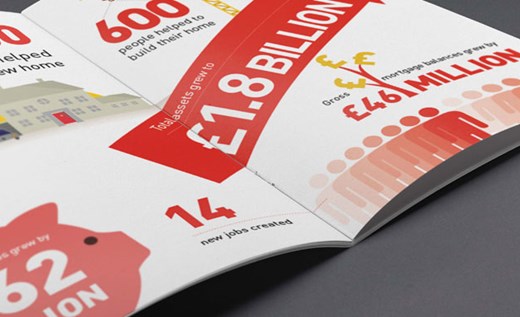
NI Quarterly House Price Index - Q2 2021
The housing market continues to show strong growth, further building on the momentum of the previous quarter with the highest level of transactional volumes seen since 2007, a quarterly price rise of 2.8%, and a significant rise in the annual price with an increase of 9.2%.
The housing market continues to show strong growth, further building on the momentum of the previous quarter with the highest level of transactional volumes seen since 2007, a quarterly price rise of 2.8%, and a significant rise in the annual price with an increase of 9.2%.
Many of the contributory factors to this growth have remained consistent, since the market re-opened following the enforced lockdown of 2020, with increased competition amongst buyers outstripping supply. As restrictions have eased the catalyst for the demand has been driven by increased savings, changing behavioural patterns and lifestyle choices which has seen continued trading up activity within the market. An improved economic outlook has also positively impacted consumer confidence and the push for completions before the stamp duty change on June 30th also contributed to market buoyancy in the second quarter of 2021.
As we move into the second half of the year, the expectations amongst property agents are the upward trajectory of house prices is set to continue with demand remaining consistent as we move through the year. However, as supply challenges continue to persist, we may see some impact on transaction volumes with this picture expected to become clearer in the remaining quarters.
Regional Outlook
From a regional perspective, there are significant geographic variations in price growth with across the 11 LGDs in Northern Ireland that is representative of local market demand and supply factors along with market behaviour. Following on from the Q1, there is further evidence of pandemic trends with many agents reporting increasing demand for property in rural locations along with buyers influenced by the potential for remote working as well as purchasers from outside of Northern Ireland continuing to be a key feature of the market.
Further examination of the regional property market has highlighted that seven of the eleven LGDs reported moderate to strong growth, whilst the remaining four reported small to modest declines in price changes. Causeway Coast and Glens have now the most expensive average house price in Northern Ireland with prices having increased by 5.6% from the last quarter resulting in an average house price of £211,861. Derry City and Strabane LGD remains the cheapest region in Northern Ireland with it seeing a marginal decline of -2.2% resulting in an average house price of £123,525.
Rising sales in Mid-Ulster led to it having the largest increase in the average house price with a growth of 15% from Q1 to Q2. Antrim and Newtownabbey (11.29%) were the only other LGD that saw double-digit growth quarter on quarter with the average house price rising to £171,363. House prices also moderately increased in Fermanagh & Omagh (9.3%), Mid and East Antrim (7.1%), Belfast (5.7%), and Causeway Coast & Glens (5.6%) with modest growth of 1.9% in the Armagh City, Banbridge & Craigavon LGD.
In those LGDs where house prices declined, Ards & North Down saw the largest quarterly decrease with prices decreasing by -5.7% to £207,646. Likewise, Derry City and Strabane (-2.2%) Newry, Mourne and Down (-1.8%), and Lisburn and Castlereagh (-0.8%) displaying price decreases, although these decreases are less pronounced.
Summary
Despite the economic challenges of COVID, the resilience, affordability and changing patterns has seen momentum and confidence continue within Northern Ireland’s housing market throughout the first half of 2021. While the soon to be phased out stamp duty holiday has been an important contributory factor, further easing of restrictions and a better than expected economic outlook augers well for the market in the coming months with transaction volumes expected to remain consistent with the first half of the year.
The longer-term picture, however, must account for the end of the furlough scheme with the Northern Ireland Executive and the UK Government playing an important role in leading the policy environment to support economic investment and drive consumer confidence.
At Progressive, we continually measure the changing performance of NI’s housing market so we may provide residential support and guidance to our members.
Despite the economic challenges of COVID, the resilience, affordability and changing patterns has seen momentum and confidence continue within Northern Ireland’s housing market throughout the first half of 2021 with the highest level of transactional volumes seen since 2007. While the soon to be phased out stamp duty holiday has been an important contributory factor, further easing of restrictions and a better than expected economic outlook augers well for the market in the coming months with transaction volumes expected to remain consistent with the first half of the year.
The longer-term picture, however, must account for the end of the furlough scheme with the Northern Ireland Executive and the UK Government playing an important role in leading the policy environment to support economic investment and drive consumer confidence.

Speak to our team today
We’d love to talk you through the mortgage process and help you find a suitable product. For more information or to apply for an account, you can call us, email us, pop into one of our 11 branches. We look forward to hearing from you.



